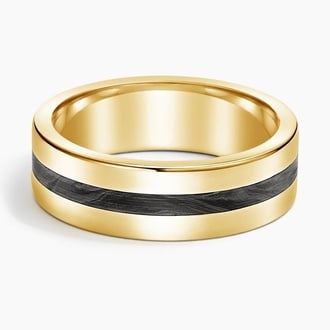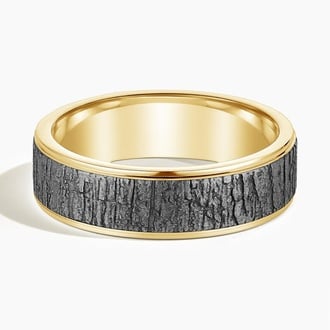Men's alternative wedding bands are bold, edgy choices, perfect for anyone looking to elevate their look with a modern twist. Tungsten, titanium, meteorite, tantalum, and forged carbon all serve as distinctive options in place of more traditional metals like gold or platinum. For an ultra on-trend and handsome look, choose a style that utilizes both a traditional metal and an alternative metal in one cohesive design. To learn more about how to wear and care for styles crafted with alternative metals, visit our jewelry care page.
Our carefully curated collection of men's alternative wedding bands is a diverse assortment of jewelry pieces that range from sleek and simplistic to bold and design-forward. Choose a wedding band style that matches with your individual flair, reflects your one-of-a-kind love story, and plan to treasure it for a lifetime.





































































